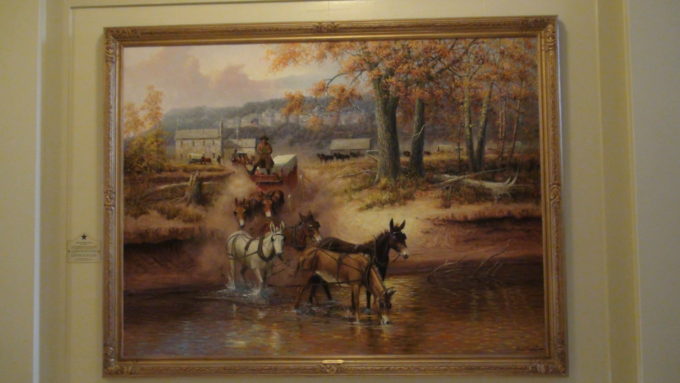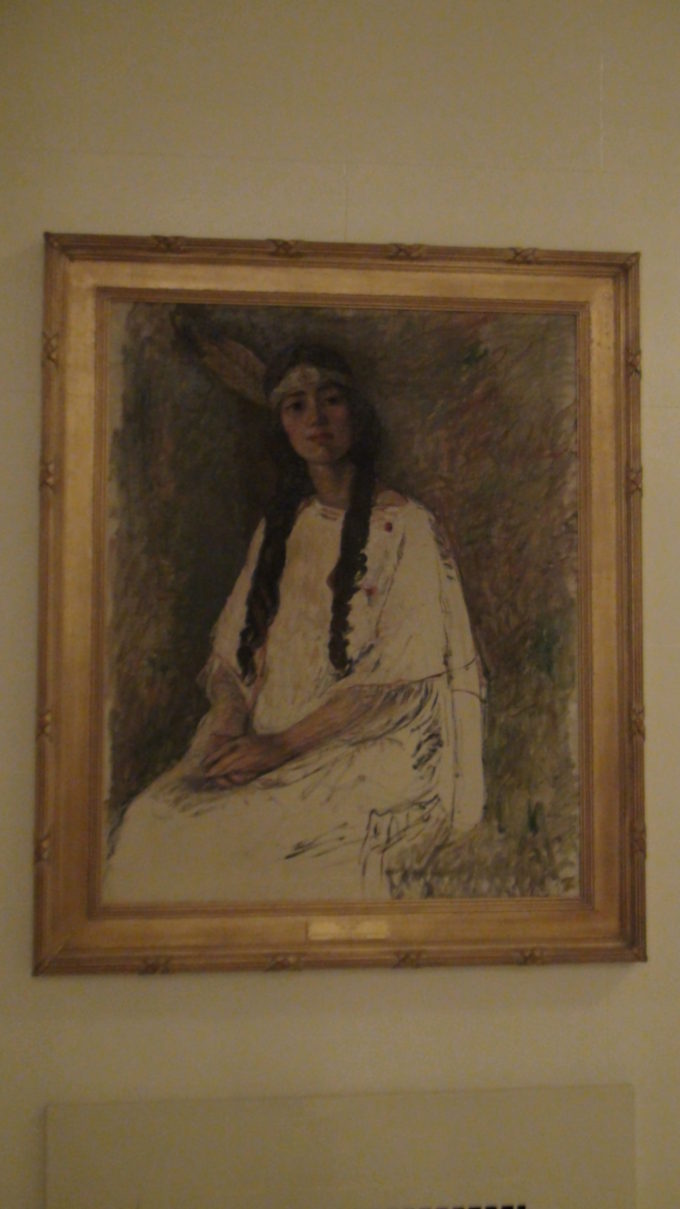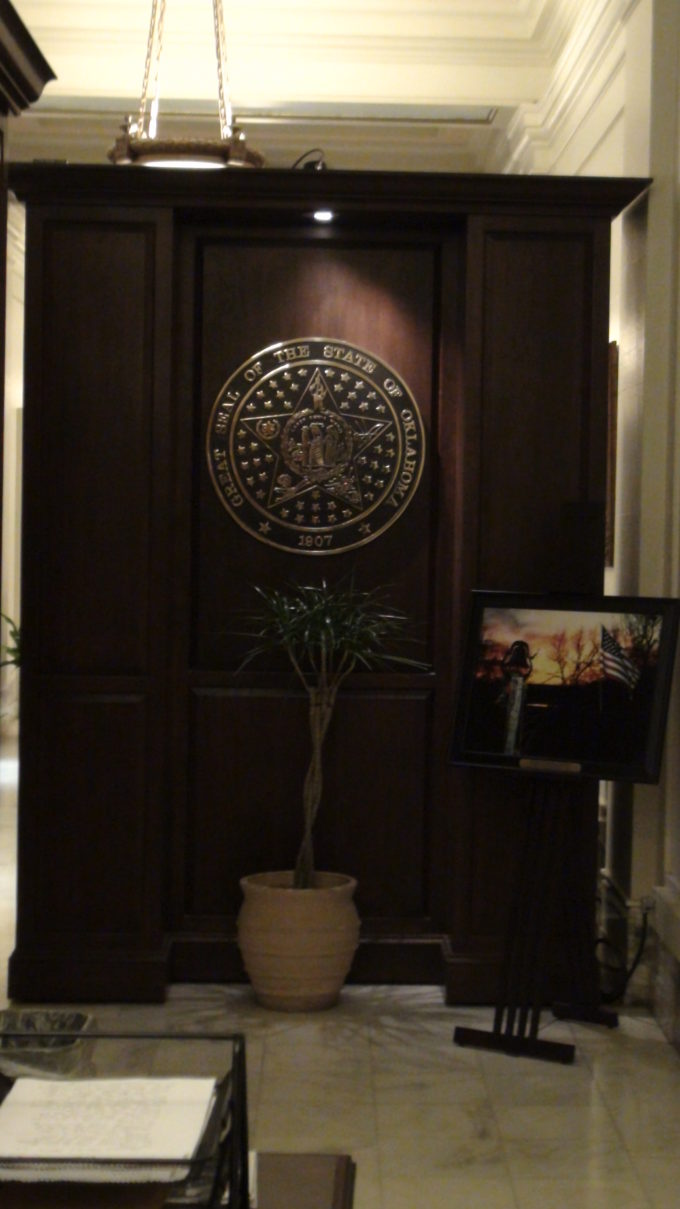
Tuesday, 10 March 2020
If we say that we have fellowship with Him, and walk in darkness, we lie and do not practice the truth. 1 John 1:6
John now combines the thoughts of verses 3 and 4 with that of verse 5. He spoke of fellowship in verse 4 and then of light as opposed to darkness in verse 5. Now, he begins with, “If we say.” This is his way of introducing a thought concerning any person or group of people. The thought would even include himself if the statement he is about to make was true concerning himself.
The words are in the subjunctive mood and thus it is a supposed thing, not something that actually is the case. If this is so, then this is the result: Therefore, if he or anyone else were to say, “we have fellowship with Him.”
This is the reintroduction of verses 3 and 4. The fellowship is “with the Father and with His Son Jesus Christ.” It is then stated in verse 5 that the subject is “God.” Thus, the implication is that both the Father and the Son are God. The hypothetical person or group that John is referring to says that there is fellowship between them and God. However, they “walk in darkness.”
Here, the word “walk” means “to walk around” as in a full circle. It signifies the standard and continued walk of a person. Thus, it is the moral conduct of the person at any given time.
John has just said in verse 5 “that God is light, and in Him is no darkness at all.” There is now an obvious disconnect between that statement, and the claim which is made. How can light and darkness be in fellowship? The two are in complete opposition to one another, and yet the person who is walking in darkness says that he has fellowship with God. Such cannot be the case. In this, John says that “we lie and do not practice the truth.”
The statement that “God is light,” as noted in the previous verse, is to be taken as a statement of fact, but it also signifies moral purity, truth, righteousness, and etc. It is anything which reflects the absolutely holy nature of God. The “darkness” is that which is impure, unholy, defiled, and etc. It is a corrupt moral state. John shows that the two are opposed, It is a lie which is spoken forth, and the person who speaks it knows that it is so.
This does not, and it cannot, mean that a person who does something wrong or who sins is specifically referred to here. This is because verse 8 will show that everyone has sinned. However, the truth that Paul states is that those who are in Christ Jesus are not imputed sin (2 Corinthians 5:19).. With this understanding, John will continue his thought in the coming verses.
Life application: The first time darkness is mentioned in the Bible is right at the beginning, in Genesis 1:2, where darkness was over the face of the deep. At that point, there was only formless void and chaos. But God brought order out of it and established His creation – including the creation of man. However, man rebelled against God and died spiritually at that moment. Since then, man has been born physically alive but also spiritually dead; we pursue the things of the world, but not the things of God.
Our great need is to be born again, this time from above. As Jesus said in Matthew 6 –
“The lamp of the body is the eye. If therefore your eye is good, your whole body will be full of light. 23 But if your eye is bad, your whole body will be full of darkness. If therefore the light that is in you is darkness, how great is that darkness!” Matthew 6:22, 23
Just prior to saying this, and then just afterward, He spoke of worldly treasure and money. These and other things keep our eyes fixed on the things of the world and its system instead of on the things of God. Because of this, we remain spiritually dead and at enmity with God.
This is the case with many professing Christians as well, but John says that if we walk in darkness we are lying, regardless of whether we say we have the light or not. All people need to evaluate their conduct and determine if they are truly in Christ or if they are only paying lip service to Him in hopes of worldly gain.
Once we have called on Jesus in spirit and in truth, then we need to continue to fix our eyes on Him, lest we get sidetracked and pulled back into the world. We won’t lose our salvation if this happens, but we will surely lose our joy.
Heavenly Father, give us wisdom to pursue the light of life and not the darkness of this world. Help us to keep our eyes directed on that which is eternal. Keep us from being distracted by the prospects of temporary wealth, fame, power, or any other thing which can never truly satisfy. Help us always to keep our eyes and our hearts directed toward the Lord Jesus. Amen.




